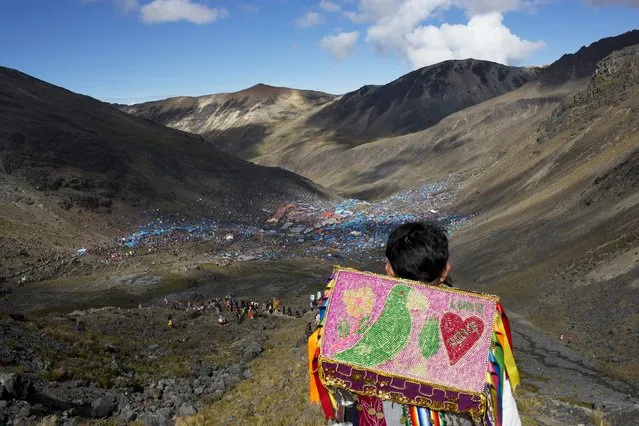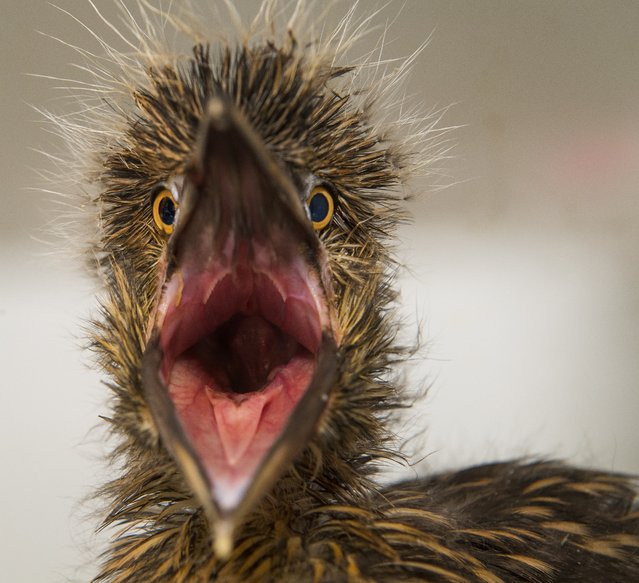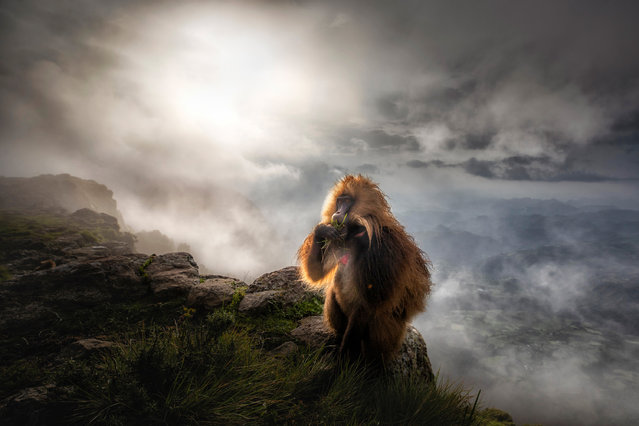
An Indian Paramilitary soldier stands guard during snowfall in Srinagar, the summer capital of Indian Kashmir, 05 January 2021. Kashmir continues to witness medium to the heavy snowfall across all the areas for the third consecutive day, while traffic on the 300-kilometer long Srinagar-Jammu highway continues to be halted for the third day, the air traffic has also remained disturbed for the last two days with the majority of flights getting cancelled. The weather department has issued a weather advisory to hilly areas that is prone to avalanches. The department has also predicted moderate to heavy snowfall for next two days. (Photo by Farooq Khan/EPA/EFE)
12 Jan 2021 00:05:00,post received
0 comments







